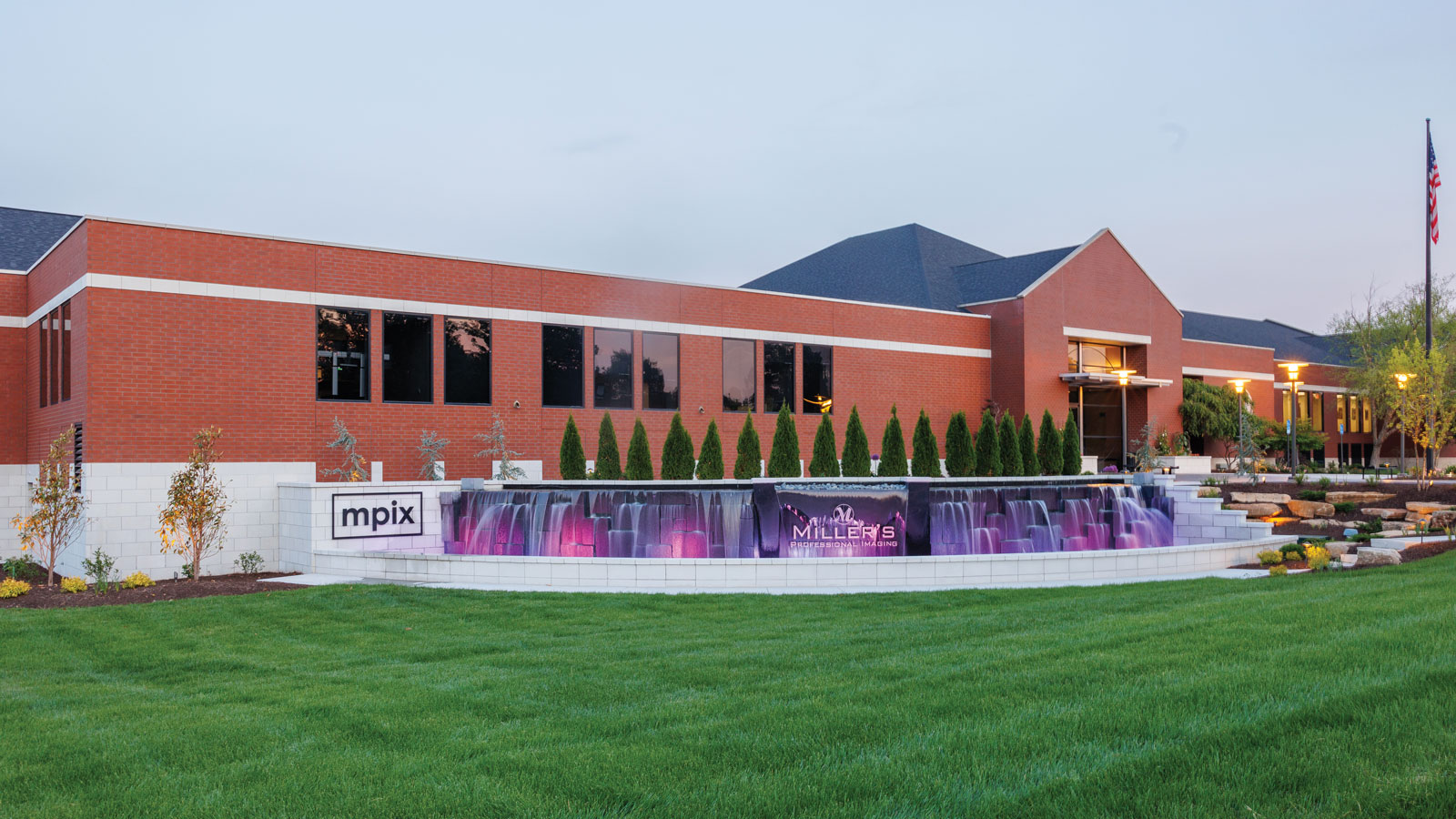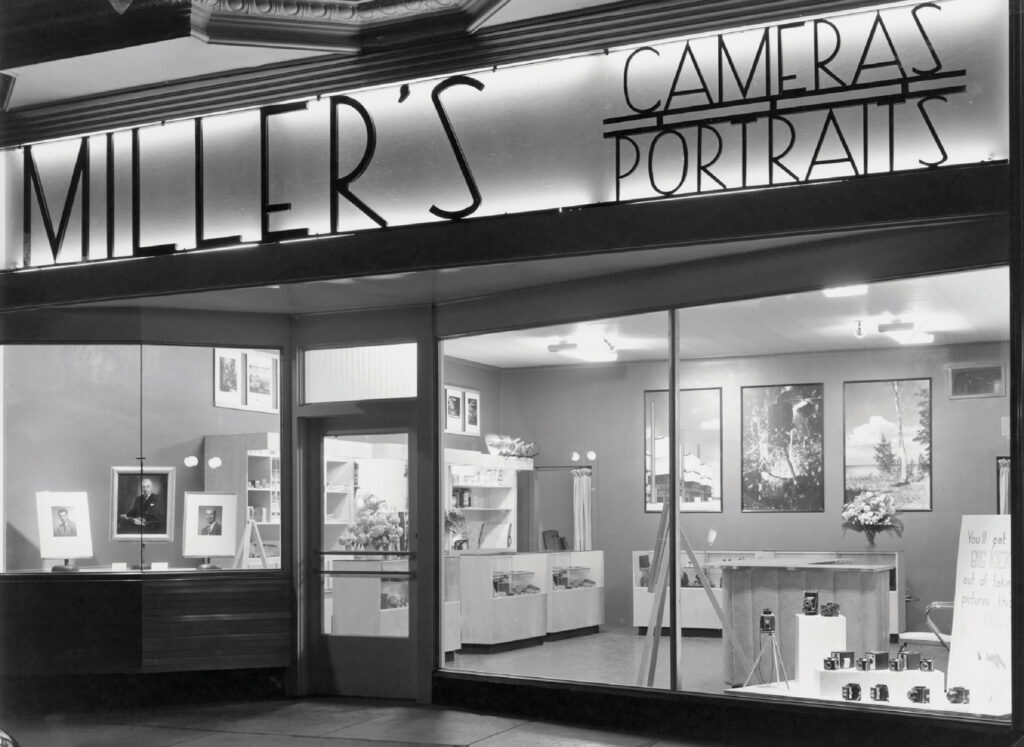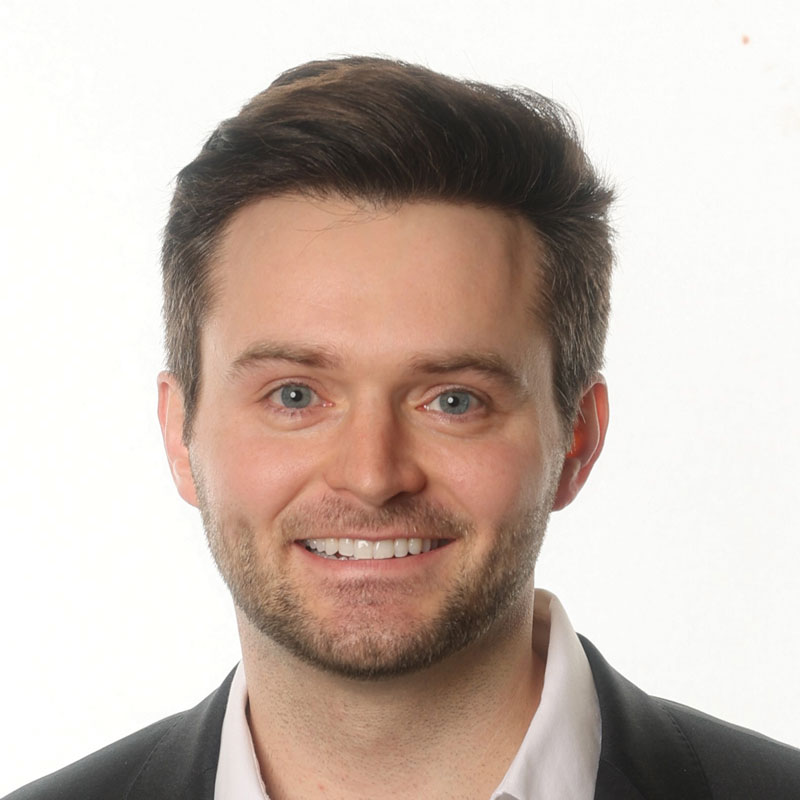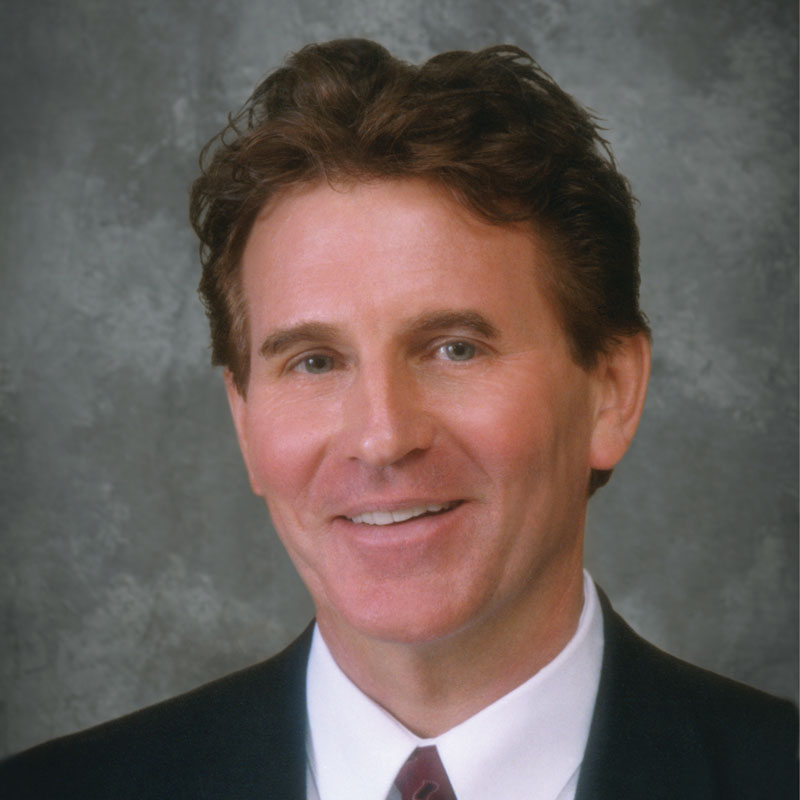Capturing History: Miller’s Professional Imaging
- "Capturing History" originally appeared in the April 2024 "20 Under 40" issue of COMO Magazine.

A family-owned business embraces the past while welcoming the future.
Some might call him a pioneer, or a man before his time. Others might say he was progressive or revolutionary. No matter how you describe him, it’s clear that William Miller’s ingenuity and forward-thinking were the driving force behind Miller’s Professional Imaging, an entrepreneurial success story that started with a passion and grew with a vision. Today, William’s family carries on that vision in the family business, with his son Richard at the helm as chief executive officer, grandson John serving as vice president, and grandson-in-law Brandon Tucker serving as chief operating officer.
The Early Days
After a standout football career as an offensive lineman for the University of Missouri, William followed in the footsteps of Miller men who came before him and entered medical school at Harvard University. With his degree near completion, he realized that a career in medicine was not for him.
“He was very close to completing his degree when he saw a patient pass away and decided that it was not for him,” Tucker says. “Photography was his hobby, and he decided he wanted to be a photographer.”
William went to join an aunt and uncle in Pittsburg, Kansas, where he opened a small photography studio in 1939 and officially began to live out his dream. While he shot weddings and captured portraits in his studio, his passion for photography allowed him a front-row seat to history.
“During World War II, William was a photographer and videographer, and he was part of the infantry that liberated the Nordhausen concentration camp,” Tucker says. “A lot of the videos you’ve seen throughout your life of the horror of the Holocaust, that was his video he took while he was in the Army.”
When William returned from the war, he returned to work at the photo studio. But soon, he realized that with his background in chemistry from his Harvard days, he was much better at developing film than his competition in the region, and he had an idea to capitalize on that skill.
“He went door to door to photography studios saying, ‘Give me your negatives to develop because I can do it better,’” Tucker says. “That was the beginning of Miller’s Professional Imaging, right around 1968.”
Continuous Growth
The Pittsburg facility began with 3,900 square feet in 1968. With twelve expansions over the years, it now spans more than 170,000 square feet. The Millers built a second facility in Columbia in 2001, and after a 2021 expansion, the space now includes nearly 60,000 square feet of state-of-the-art equipment.
As the physical space was growing, the company was also focused on growing its services. As Miller’s is a photo lab geared towards professional photographers, it started to become apparent that there was a gap in the market, and in 2003, Miller’s launched MPix.
“MPix was started to address a need that wasn’t being fulfilled for the hobbyist photographer,” John says. “The thought was why don’t we make a brand that has a simplified ordering process for these novices and hobbyists? That completely morphed into an almost 100 percent consumer brand where we offer the same high-quality product to the masses.”
Today, Tucker says that 99 percent of the orders that come through are from consumers who have returned from vacation, recently celebrated a milestone like a wedding, or have a file of photos in hand from a professional photographer.
“Digital photographers these days don’t want to spend a lot of time meeting with clients,” Richard says. “They want to take the pictures, hand a drive to the clients, and at that point in time, photographers all over the country recommend their clients go to MPix. They know their images will look good from a professional lab like MPix.”

Ahead of the Curve
At one time there were around 1,500 professional color photography labs in the United States. Today, only about ten of those labs remain, including mid-Missouri’s own Miller’s Professional Imaging, which just happens to be the largest professional photography lab in the United States.
Being ready and able to grow and change with the times is key to the success of any business, and that proved to be vital for the continued growth of Miller’s.
“Miller’s grew and outpaced the rest of the market at the time digital photography came about,” Tucker says. “The reason Miller’s had so much success during that time is because of the early adoption of digital, and Richard was a visionary from that perspective. He was one of the first people to realize that digital would surpass film and made the decision to invest in digital photography. We were already there when everyone else was playing catch up.”
Richard recalls the way his dad also welcomed new ideas and allowed him to look forward.
“He saw early on the benefits of the technology and automation and what it would do for our services, and he realized it would be a good thing,” Richard says. “To his credit, he embraced new ideas, and not everybody can do that. It was a total change, and it worked out well.”
Today, with facilities in both Pittsburg and Columbia, Miller’s continues to stay ahead of the curve, and the company prides itself on the extra steps it takes to stay ahead of its competition.
“When you’ve got guys like Brandon and John, we are able to do things differently than a lot of the competition,” Richard says. “We use analytics for everything, and we measure everything you can imagine. Every morning, we get reports from the Pittsburgh lab and the Columbia lab about things like print quality and sending out reports on time. We look at the data we get and we react to it.”
Miller’s also does things differently when it comes to their employees.
“We use profit sharing which gives our employees a sense of skin in the game,” John says. “With our profit-sharing program, 22 percent of profits go back to employees every month.”


Across the Generations
While Richard’s first stint working for Miller’s was supposed to be a summer job, that’s not exactly how it worked out.
“My dad asked me to come back and work for the summer, and it’s been a long summer,” Richard says. “I hope that John and Brandon feel the same and that they have had a very long summer working here.”
While Richard says working with John and Brandon is “fantastic,” he also realizes that family businesses spanning several generations require a lot of hard work and commitment, and he doesn’t take that for granted.
Though John says he wasn’t initially sure if he would join the family business, he also says his dad began asking him to do so regularly since college.
“I needed to get outside experience and perspective, and I would reassess every year,” John says. “Finally, I caved in and bit the bullet a few years back. There is still a lot I have to learn from Dad, and his expertise in-house will be beneficial long-term.”
While his son and son-in-law appreciate his depth of knowledge and his business acumen, Richard says he has nothing but praise for the next generation of leadership and excitement about the years to come.
“Most family businesses don’t survive long term, and many don’t make it to the third generation,” Richard says. “There are a lot of benefits of working in a family-owned business. The future of the company is better because of John and Brandon and it’s an advantage for those who work with us. They can see the present, but also the future.”









